OK, so I bought an old 1960s microscope (£60 from ebay), a
McMaster slide (£12.50), and cobbled the other bits I needed from stuff I had lying about. I also have a squitty tup lamb. Let's FEC!!

I won't go through the method I used,
since it is described in detail here, but here are the results:
The first thing to note is that the salt solution is designed to make the worm eggs float, and everything else sink. So, if I focussed on the bottom of the slide chamber (not that easy because stuff gets in the way), it looks like this (because most of the debris has sunk):
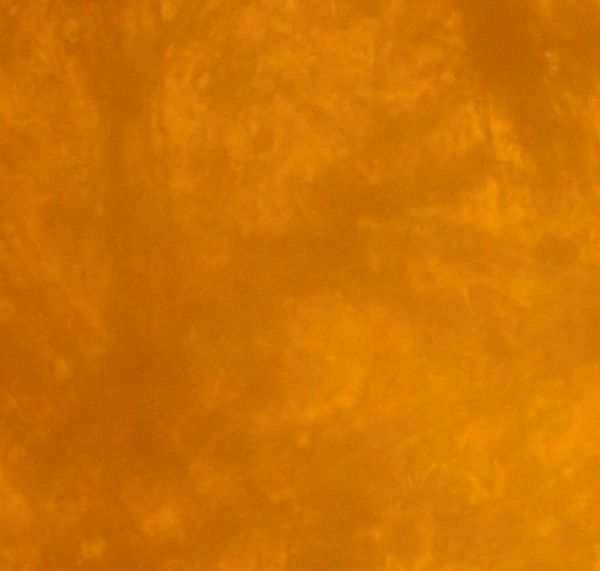
However, once I re-focussed to bring the slide grid-lines into view, I started to see this sort of thing!:
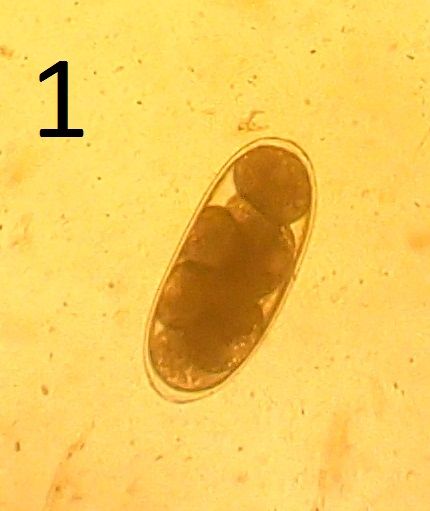
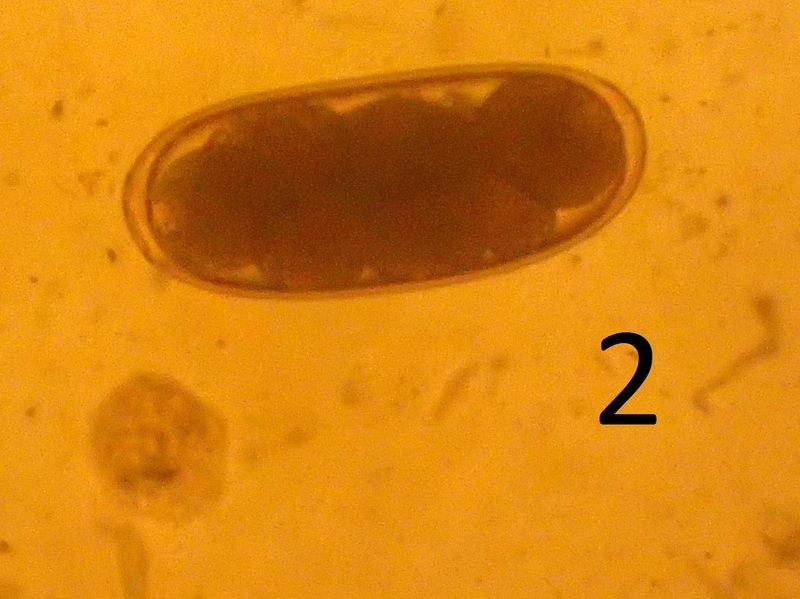
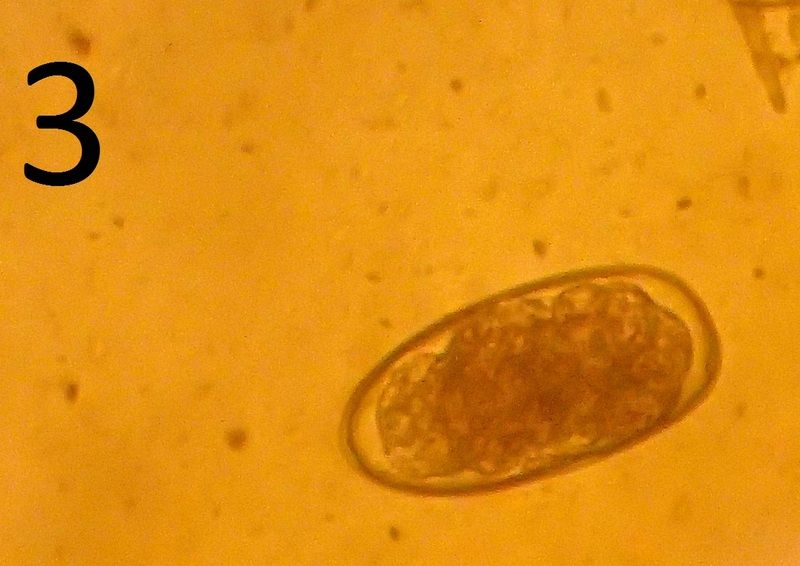
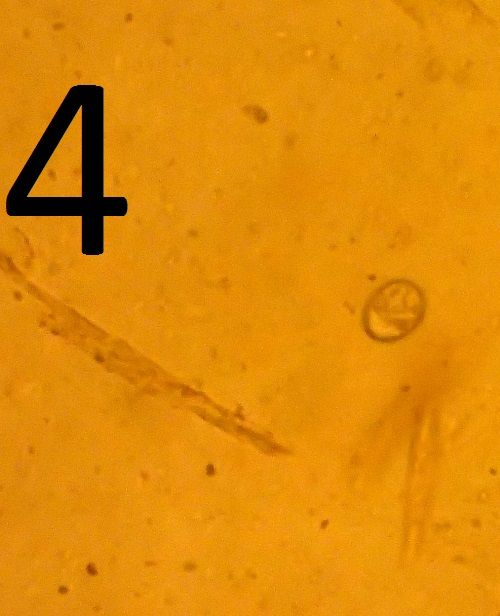
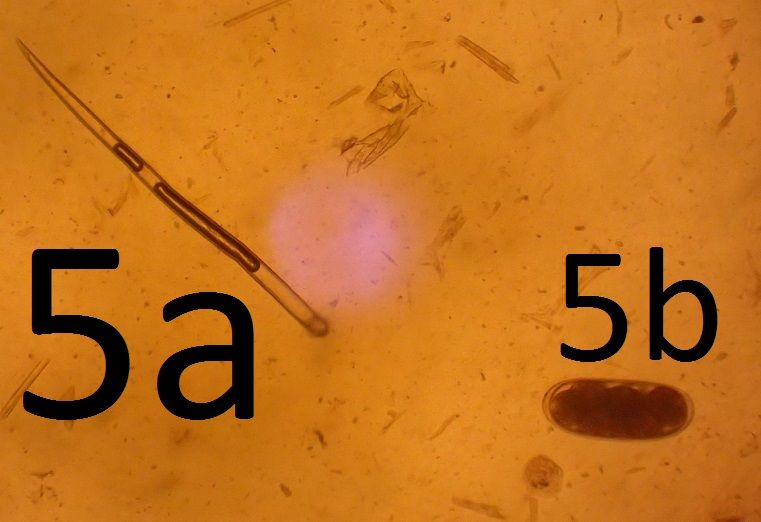
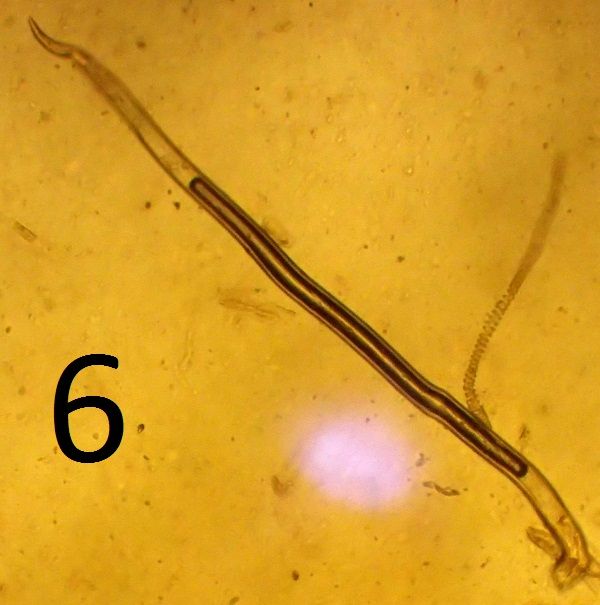
I repeated the test twice and found four eggs each time, so that's roughly 200 eggs per gram, i.e. low enough not to worry yet? (which of course raises the question why else is he scouring?

)
Of course, I haven't suddenly become a parasitologist overnight

. However, from
comparing with the chart at this link, I'm going to guess that 1, 2 and 5b and maybe 3 are strongylid eggs, and 4 (much smaller) is a coddidia oocyst. Does anybody who's done this before ([member=35918]Me[/member] ?) have any better ideas?
I haven't a clue what 5a and 6 are, but there were quite a lot of those and I'm not sure if they're bits of grass or something more sinister. Again, what do you think folks?
In conclusion, it's clear I'm going to need some more practice with this, but I reckon I'll be able to get it down to ten minutes per test before long, which is quick and easy enough to do regularly. Definitely a worthwhile investment IMHO!
